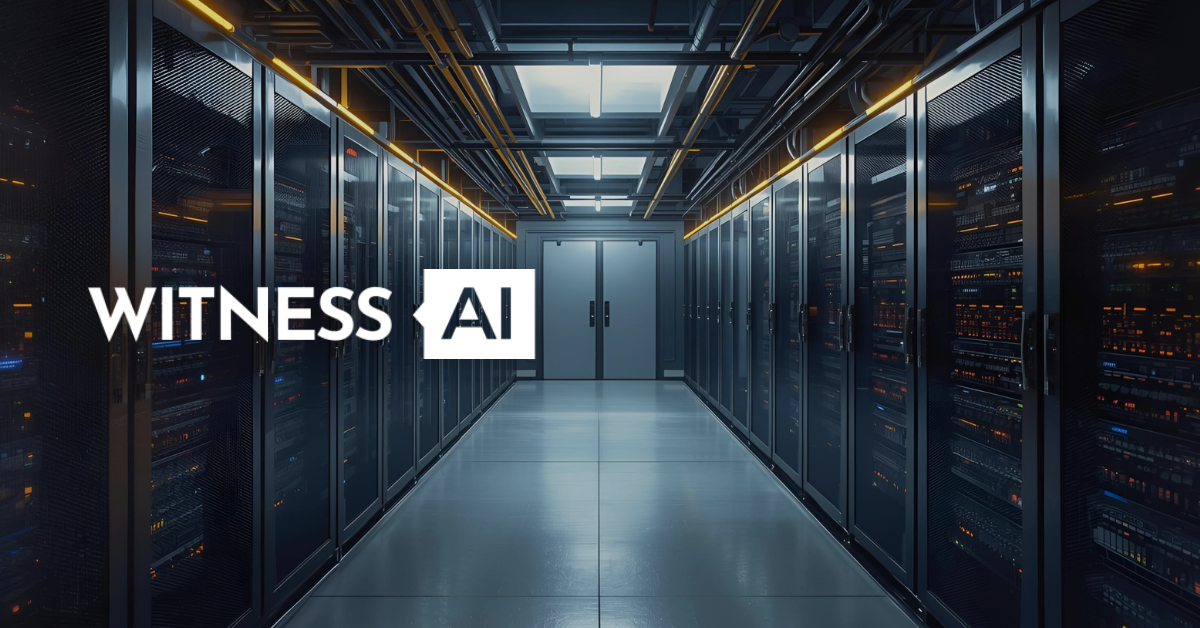As the use of artificial intelligence (AI) accelerates across industries—from healthcare and procurement to logistics and customer service—organizations must understand what AI assets they own, how those systems are used, and what risks they pose. This is where an AI inventory becomes essential. Much like supply chain or IT asset inventories, an AI inventory provides a structured record of all AI systems, tools, models, datasets, and associated use cases within an organization.
In this article, we’ll explore what an AI inventory is, why it’s essential for governance and compliance, and how to build one to ensure safe, optimized, and innovative use of AI technologies.
What Is an AI Inventory?
An AI inventory is a centralized repository or catalog that documents all AI-related assets, including:
- AI systems and tools (e.g., machine learning models, AI assistants, generative AI tools)
- Use cases of AI across departments
- Datasets and data pipelines used for model training and inference
- Vendors and third-party AI providers
- Associated risks, metrics, and performance thresholds
- Governance status, such as risk assessments and responsible AI certifications
This inventory serves as the system of record for understanding and managing the use of AI across an organization, particularly in large-scale environments where AI is embedded in critical workflows and decision-making processes.
Why Do You Need an AI Inventory?
1. Increase the Maturity of Your AI Governance Program
A complete AI inventory is the foundation of any AI governance framework. It enables organizations to assign ownership, define policies, and track adherence to responsible AI standards. Without it, visibility into AI use is fragmented, increasing the likelihood of noncompliance, bias, or unethical outcomes.
2. Navigate Risk Variety
AI presents a range of risks—from biased outputs and privacy violations to operational failures. An AI inventory enables risk management by identifying high-risk models, sensitive datasets, and noncompliant AI use cases. This is especially critical when navigating new regulatory landscapes, such as the OMB memo or federal government AI directives.
3. Cost Management and Optimization
Maintaining unused, redundant, or low-value AI tools can lead to overstocking, inflated costs, and reduced ROI. An AI inventory supports inventory optimization by identifying underused models, automating reorder decisions for AI compute resources, and improving demand forecasting for AI development projects. This allows organizations to optimize procurement and licensing strategies in real-time.
4. Enable Innovation
Knowing what AI capabilities already exist helps avoid duplication, streamline workflows, and accelerate AI-powered initiatives. Developers and data scientists can reuse validated components or datasets, ensuring informed decision-making across the organization. This is particularly useful for use cases in healthcare, supply chain, and financial services where speed and accuracy are paramount.
How Does AI Inventory Impact AI Governance?
AI governance relies on transparency, accountability, and traceability—principles that cannot be enforced without a robust AI inventory. With complete visibility into AI systems, organizations can:
- Enforce role-based access to sensitive information
- Validate algorithmic functions and outputs
- Align AI use with responsible AI frameworks
- Set and monitor thresholds for performance, fairness, and ethical constraints
Moreover, an AI inventory supports mitigation planning by highlighting high-risk deployments and triggering early alerts when governance metrics are breached.
How Does AI Inventory Help with AI Compliance?
Regulatory bodies increasingly demand clear documentation of AI use cases, risk levels, and decision-making logic. An AI inventory simplifies this by mapping each model to:
- Its dataset and training data lineage
- Compliance status with applicable frameworks (e.g., GDPR, CCPA, HIPAA)
- Associated procurement documentation and vendor agreements
- Audit logs and version histories
For organizations operating under federal mandates—such as the OMB’s AI use reporting requirements—an AI inventory is vital for structured reporting and audit-readiness. It ensures your AI ecosystem is defensible, explainable, and aligned with both public sector and industry regulations.

How to Build an AI Inventory
1. Define Scope and Ownership
Start by defining what counts as “AI” within your organization, covering machine learning, generative AI, automation, and even embedded algorithms in tools like Excel or CRM systems. Assign cross-functional ownership across IT, legal, procurement, and operations.
2. Catalog AI Assets
Build a structured inventory using a spreadsheet (e.g., CSV format) or a specialized AI governance platform. For each AI system, record:
- Model name and type
- Business function
- Owner or steward
- Dataset source
- Deployment environment (e.g., cloud, edge, internal server)
- Vendor or third-party provider
- Risk rating and controls
- Associated metrics and thresholds
3. Automate Inventory Management
Use APIs or discovery tools to automate the detection of AI tools across cloud services and internal codebases. Integrate with inventory management systems and data catalogs to reduce manual entry.
4. Continuously Update and Validate
Establish a workflow for updating the inventory during onboarding, procurement, or deployment of new AI systems. Set a cadence for validation audits to ensure ongoing accuracy and optimization.
5. Visualize and Report
Use dashboards to monitor inventory status, governance coverage, and risk profiles. This supports real-time decision-making and stakeholder visibility across business units.
Conclusion
An AI inventory is no longer optional—it is a foundational requirement for modern enterprises deploying artificial intelligence. Whether you’re managing AI in the federal government, healthcare, finance, or manufacturing, an inventory helps ensure responsible, compliant, and optimized use of AI.
By investing in a structured AI inventory now, organizations can future-proof their AI governance programs, manage costs more effectively, and unlock innovation with confidence.
About WitnessAI
WitnessAI enables safe and effective adoption of enterprise AI, through security and governance guardrails for public and private LLMs. The WitnessAI Secure AI Enablement Platform provides visibility of employee AI use, control of that use via AI-oriented policy, and protection of that use via data and topic security. Learn more at witness.ai.
